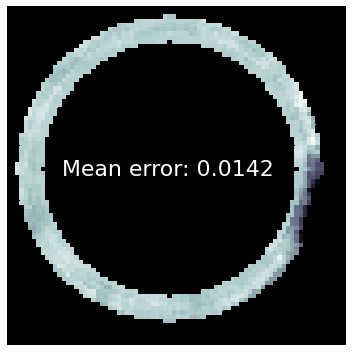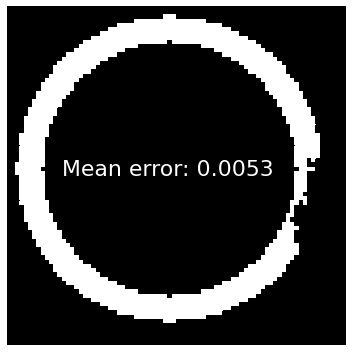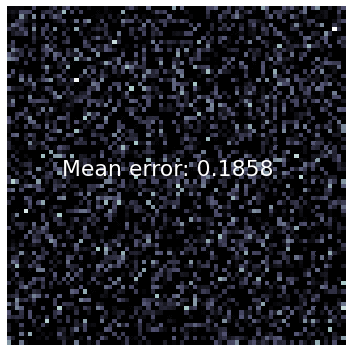By Guang Ooi
A cluster of hybrid neural networks enables the precise characterization of metal loss on concentric wellbore casings.
Metal loss is an inevitable phenomenon in wellbore casings and may compromise the structural integrity of oil wells if left unchecked, resulting in significant financial losses and environmental pollution such as leakage of toxic gas into fresh water zones.
In practice, inspection tools can only be deployed in the innermost casing. Hence, electromagnetic methods are used due to their ability to penetrate multiple layers of metal without damaging the subject of inspection. However, electromagnetic measurements are subject to wide number of internal and external variables, rendering it difficult to interpret. As a result of such dynamic and challenging data, current inspection algorithms are limited to estimating the total metal thickness at a given section instead of pinpointing the locations of metal loss.
While these methods provide an acceptable estimate for spread-out losses with minimal penetration, it fails to warn against small, concentrated defects that pose critical integrity issues.
A hybrid neural network (HNN) consists of multiple component models, such as convolutional neural networks (CNN) and long short-term memory (LSTM) neural networks, which work in series or in parallel. In this case, data acquired from inspected casings at various depths through multiple time-steps is fed into a custom HNN to extract spatio-temporal information. Instead of predicting average metal thickness, the HNN generates cross-sectional images for the inspected depth. Each individual pixel on the image is given a score from zero to one according to magnetic readings, representing the probability of empty space (zero) and metal (one) in a spatial location. These images are then stacked according to the travel speed of the inspection tool to create a full 3D model of the inspected casing, where metal loss is full quantified in terms of orientation, dimensions, and location.
Simulations of randomized metal loss cases are run on the Ibex Cluster of the KAUST Supercomputing Laboratory to generate training data for the HNN. In addition, we have an experimental setup in our lab to verify the simulated results using field wellbore casings.
With this approach, accurate cross-sectional images can be generated for the casings with a simple measurement setup containing as few as four magnetic receivers. The real-time aspect of this method also reduces inspection time and provides rapid 3D visualization.

HNN Performance on examples

HNN performance after thresholding

Learning process of a neural network
Read related article


